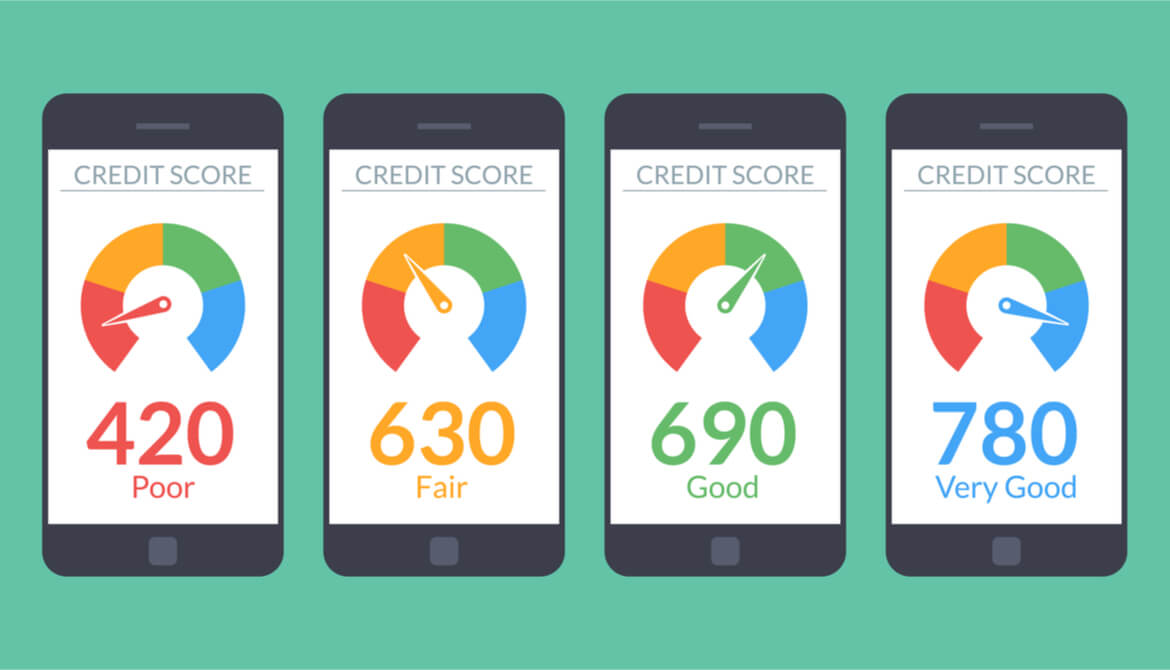3 minutes
Fair lending considerations
As you’re likely aware, the credit scores of about 20 million Americans recently improved as a result of new policies implemented by the three major credit bureaus this summer. But have you considered the compliance impacts of this change?
Some credit scores may have jumped as much as 40 points, which could result in the reclassification of millions of consumers’ creditworthiness. For credit card issuers and other lenders, this is an important adjustment to think through.
The policy change comes on the heels of a class-action lawsuit alleging the credit bureaus weren’t doing an acceptable job ensuring damaging activity noted on credit reports actually belonged to the person whose score was dinged. That lawsuit also claimed the process of requesting corrections to these types of errors was too difficult for the average consumer.
To adjust for this, the bureaus no longer add tax liens and civil debts to consumers’ reports if not enough personally identifiable information is associated with the judgement, a situation that happens frequently. In fact, it’s uncommon for tax liens or civil judgments to contain all the PII data points now required by the policy change. Any liens or debts that have already been noted on consumers’ credit reports have been removed if they do not have adequate PII. This instantly improved the credit scores of an estimated 5 percent of Americans by anywhere from 10 to 20 points, and for some, 40 points or more.
Compliance Considerations
Credit unions will want to be cognizant of the impact the revised credit scores may have on risk-based pricing and rate adjustments, as well as effects on their fair lending programs.
Lenders that use a member’s credit score to set risk-based pricing should have a defined underwriting procedure that mitigates risk by:
- clearly defining credit scores that fall within each rate tier; and
- documenting the process for exceptions.
- Under what circumstances are exemptions acceptable?
- Who can approve exceptions?
- How is the decision logged?
If using credit scores to determine pricing adjustments, lenders should have a detailed, written procedure that applies equally to all borrowers in a given product type. In addition, the procedure should explain the review process for adjustments. Things to cover include:
- How often are reviews performed? (At least every six months?)
- Who completes the reviews?
- When are changes made to a member’s account?
- How are the results documented?
In addition to fair lending laws, considerations related to pricing notices found in Regulation Z/Truth in Lending will apply. For example:
- Generally, a rate cannot be increased during the first year a credit card account is open. (The exception is when the rate varies based on an index not set by the issuer or a prior disclosed delinquency rate.)
- Prior balance should be protected at its existing rate or index rate if variable.
- Credit unions should periodically review the account to determine if additional rate changes should occur.
What’s Next
How long it will take for the industry to feel the impact of the bureaus’ policy change is a bit unknown at this point. An additional element of the change is the commitment to re-verifying data on tax liens and civil debts every six months. Depending on how long it takes the bureaus to get really good at posting only those records in accordance with their new policies, we could see fluctuations in the scores of both new and existing borrowers for years to come.
In the meantime, the most important action to take from a compliance perspective is to review your credit union’s procedures for application approvals, pricing adjustments and pricing notices to see if changes need to be made right away.
Brian Godwin is interim CEO for PolicyWorks LLC, Des Moines, Iowa.







